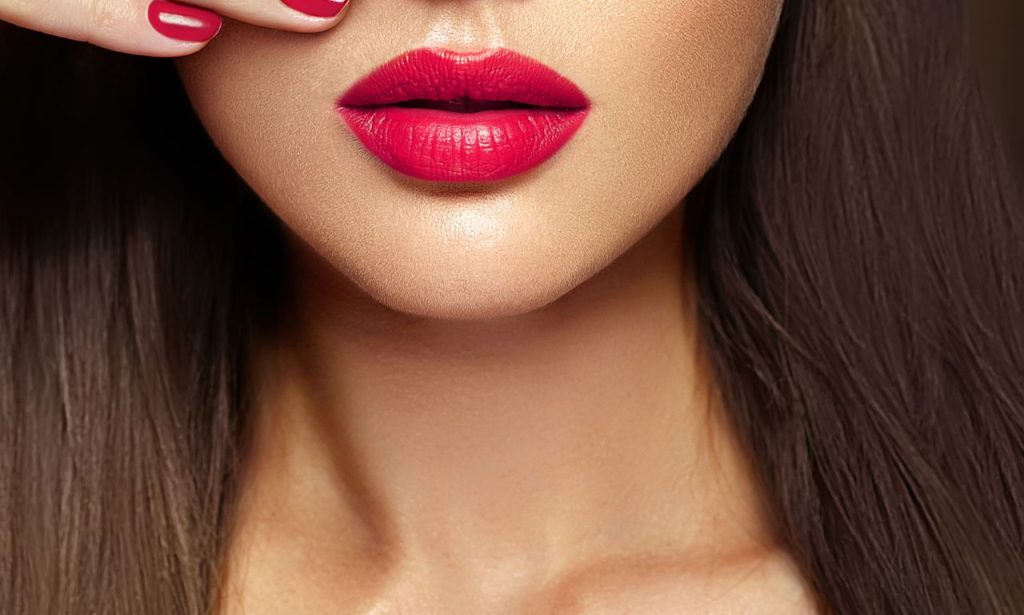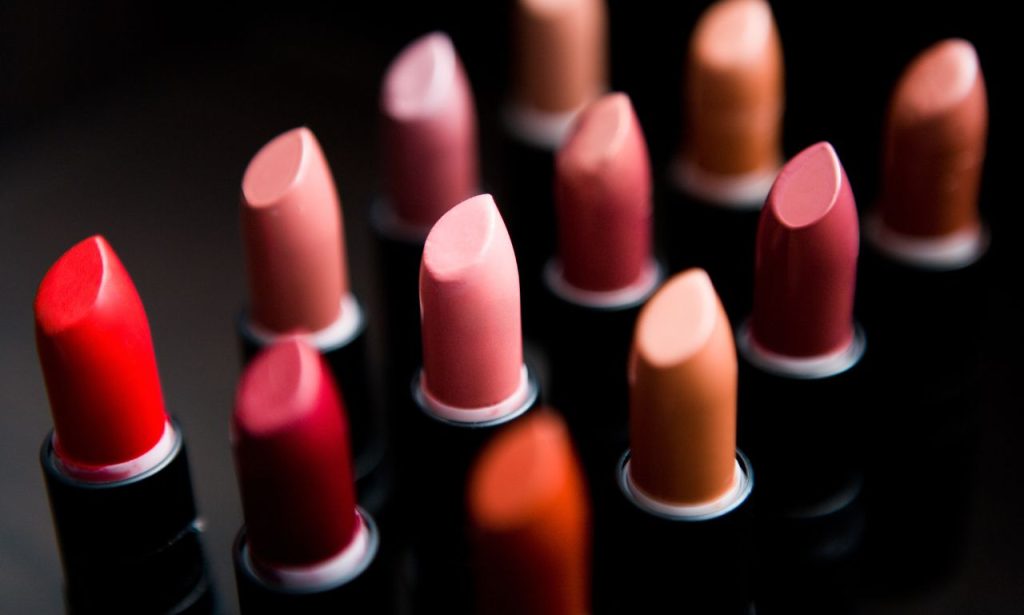When you apply your favorite lipstick, have you ever wondered how much of it ends up being ingested over your lifetime? This thought-provoking question, “how much lipstick does a woman eat in a lifetime?”, might seem trivial, but it opens a door to a deeper understanding of cosmetic consumption and its implications on health. This comprehensive article aims to explore this topic, providing you with detailed insights into the composition of lipstick, its daily consumption, the potential health risks, and safer alternatives.
Composition of Lipstick
Common Ingredients in Lipstick
Lipsticks are more than just color and shine. They are a blend of various ingredients that contribute to their texture, longevity, and hue. Common ingredients include oils (like castor oil and mineral oil), waxes (such as beeswax and carnauba wax), pigments, and emollients. These components work together to create a product that not only beautifies but also hydrates and protects your lips.
Harmful Components to Avoid

Not all ingredients in lipsticks are harmless. Some contain potentially harmful substances like lead, parabens, and phthalates, which can have adverse effects on your health. Lead, for instance, has been linked to various health issues, including neurological problems. It’s crucial to be aware of these harmful components and to choose lipsticks that minimize exposure to such toxic substances.
The Manufacturing Process of Lipstick
Key Ingredients and Their Functions
Understanding the manufacturing process of lipstick can help you appreciate what goes into making this everyday cosmetic. Key ingredients like oils and waxes are melted together to form the base. Pigments are added to achieve the desired color, and emollients ensure smooth application and hydration. Each component serves a specific function, contributing to the overall quality and performance of the lipstick.
Understanding Additives and Preservatives
Additives and preservatives are often included in lipsticks to enhance their shelf life and stability. These can include antioxidants to prevent rancidity and emulsifiers to maintain a uniform mixture. However, not all additives are benign; some can cause allergic reactions or other health issues. It’s essential to be informed about these additives and their potential effects.
Daily Lipstick Consumption
Factors Influencing Lipstick Usage
Your daily lipstick consumption can vary based on several factors, including personal habits, the type of lipstick used, and the frequency of reapplication. For instance, lipsticks with longer-lasting formulas might require fewer touch-ups compared to regular ones, potentially reducing the amount ingested.
Lipstick Consumption While Eating and Drinking
Lipstick can easily transfer to food and beverages, leading to ingestion without you even realizing it. This unintentional consumption contributes to the cumulative amount of lipstick you eat over time. Understanding how much lipstick you consume while eating and drinking can help you make more informed choices about the products you use.
Cumulative Lipstick Consumption Over a Lifetime
Studies and Estimates on Lipstick Intake
Several studies and estimates have attempted to quantify how much lipstick a woman eats in a lifetime. While the numbers can vary, some estimates suggest that a woman might ingest between 4 to 9 pounds of lipstick over her lifetime. These figures highlight the importance of being mindful of the ingredients in your lip products.
Average Lifespan and Makeup Usage Patterns
Your makeup usage patterns play a significant role in determining the total amount of lipstick ingested. Factors such as the average lifespan, frequency of lipstick application, and personal habits all contribute to the cumulative intake. By understanding these patterns, you can better assess the potential impact on your health.
Health Implications of Lipstick Ingredients
Potential Risks of Harmful Ingredients
The ingestion of harmful ingredients in lipstick can pose various health risks. For example, lead exposure has been linked to cognitive and developmental issues, while parabens have been associated with hormone disruption. Being aware of these risks can encourage you to seek safer alternatives.
Benefits of Natural and Organic Lipsticks
Natural and organic lipsticks offer a safer alternative, as they typically avoid harmful chemicals and use more skin-friendly ingredients. These products often contain natural oils, waxes, and pigments, which can provide the same cosmetic benefits without the associated health risks.
Choosing Safer Lipstick Options

Reading Ingredients Labels
One of the most effective ways to choose safer lipstick options is by reading ingredient labels. Look for products that list natural and organic ingredients and avoid those with known harmful substances. Being an informed consumer can help you make healthier choices.
Brands Focused on Safe Ingredients
Many brands are now focusing on creating lipsticks with safe, non-toxic ingredients. Companies like Burt’s Bees, RMS Beauty, and ILIA offer a range of lip products that prioritize health and safety. Exploring these brands can help you find lipsticks that align with your values and health goals.
Conclusion
The question of “how much lipstick does a woman eat in a lifetime?” is more than just a curiosity. It sheds light on the broader issue of cosmetic safety and the importance of being aware of what you put on your skin. By understanding the composition of lipsticks, their potential health implications, and how to choose safer options, you can make more informed decisions about your beauty routine.
ALSO READ: How to Make Antibacterial Soap
FAQs
To minimize lipstick ingestion, opt for long-lasting formulas that require less frequent reapplication, and be mindful of reapplying before meals.
Yes, regulatory bodies like the FDA in the United States set guidelines for cosmetic ingredients, but it’s still essential to read labels and choose products from reputable brands.
Natural alternatives often include ingredients like shea butter, coconut oil, and beetroot powder for color. Brands like Burt’s Bees and RMS Beauty focus on natural formulations.
While occasional ingestion is unlikely to cause serious harm, long-term exposure to harmful ingredients like lead and parabens can pose health risks. Choosing safer products is advisable.
Researching brands and reading reviews can help. Look for certifications from organizations like the Environmental Working Group (EWG) that assess product safety.
Wearing lipstick every day is generally safe if you choose products with non-toxic ingredients. Regular breaks and proper lip care can also help maintain lip health.




